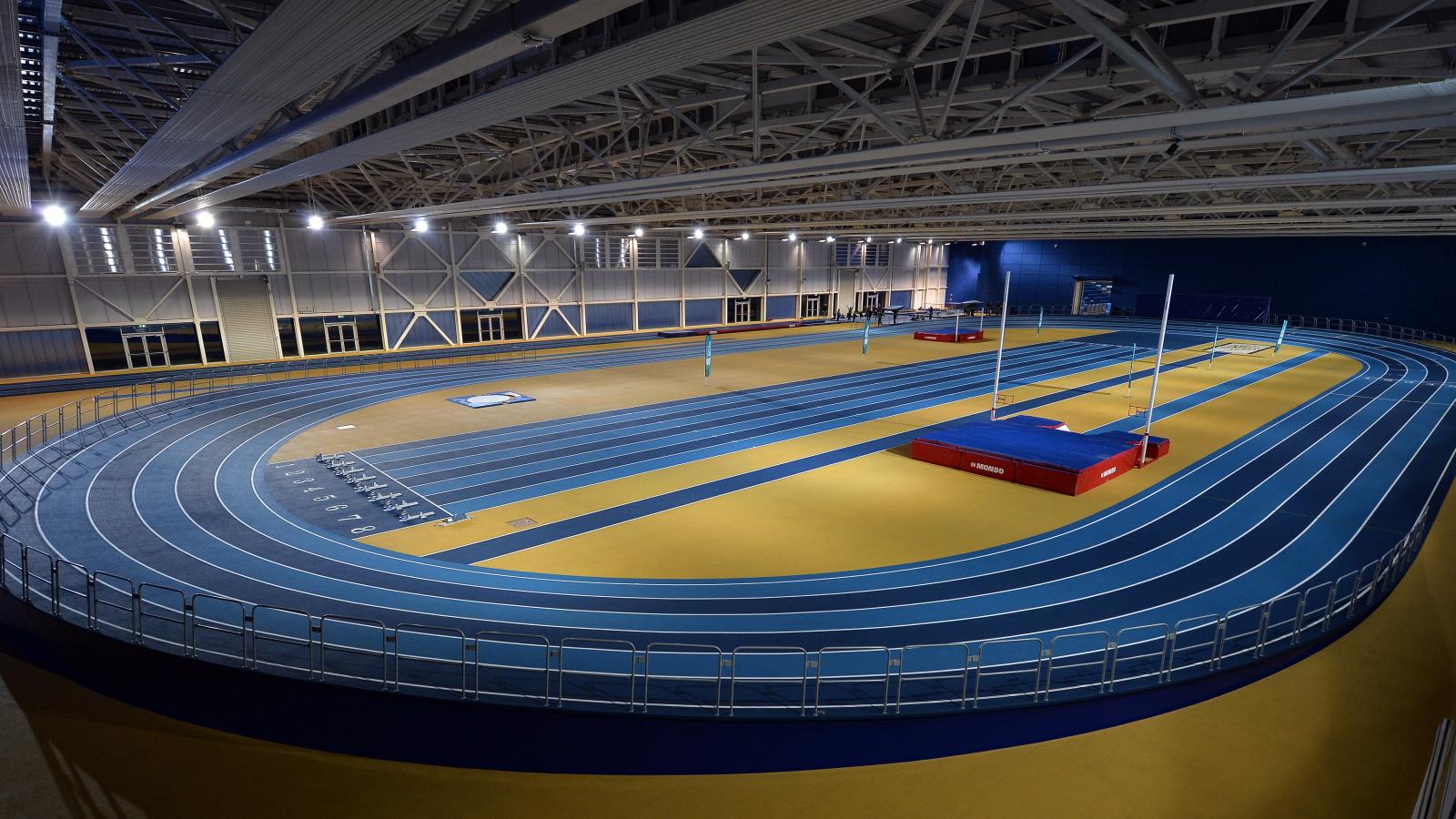Individual and Indoor Training

Individual, Indoor Training
Living with COVID-19 Framework
Individual, Indoor Training - Practical guidance for the sports and physical activity sector
On 15 September 2020, the Government published a Framework of measures to guide Ireland through the short to medium-term management of Covid-19.
The Framework consists of 5 levels. The lower levels of the Framework will be activated when there is low incidence of the disease, with isolated outbreaks and low community transmission. The higher levels will be used to deal with higher incidences of the disease. It will be possible for different regions and counties to be at a different Level to the National Level, depending on the incidence of the virus in that particular region or county.
It is the aim of the Return to Sport Expert Group to provide the Sector with a practical interpretation of the Framework that recognises the need to address public health concerns while maintaining the provision of sporting and physical activity opportunities to the Irish public.
Since its publication, Sporting Bodies have sought further guidance from the Expert Group on certain areas of the Framework, in particular the measures set out in Level 3 and 4 in relation to indoor training.
Indoor Sport & Physical Activity
Indoor environments are essential to the delivery of sport and physical activity particularly in Autumn and Winter where there are reduced opportunities for outdoor activity. Many sports while individual in nature are conducted in a group environment for example gymnastics and non-contact traditional martial arts.
The Expert Group recognises that this presents a unique challenge particularly in Levels 3 and 4 of the Framework. Providing a safe environment for participants on a sustainable basis in both sport and physical activity is paramount.
Defining Individual Training
Sporting Organisations acknowledge the need to tailor their approach to delivery to reflect the various levels of Covid 19 in the Community. There should be clear differences in the level and nature of sporting activity between the higher and lower elements of the Framework.
To date Sporting Bodies have developed and implemented robust Return to Sport Protocols addressing the necessary public health requirements. These Organisations remain best placed to develop sport specific protocols that minimise the potential risk associated with individual training whilst avoiding the complete cessation of their sport during levels 3 and 4. To assist the sector the Expert Group recommends the adoption of the ‘pod of one’ concept.
This concept can be defined as ‘Individual, physically distanced, non-contact activity, completed in a pre-defined area, within a controlled environment and without the sharing of equipment'.
The following additional risk mitigation measures are also recommended for protocol adoption.
These measures aim at clearly differencing sporting activity between levels 2 and 3 while also distinguishing the activity from ‘traditional exercise and dance classes’ which are not permissible from level 3 onwards.
- Staggered start and finish times combined with appropriate entry, exit and traffic management protocols to limit the interaction of participants at any one time.
- Prebooking of activity is essential.
- Reduction in the overall duration of the activity.
- Participants arrive ready to train and leave immediately (no changing room or shower use).
- Additional signage, hand sanitization stations and deep cleaning implemented. No equipment sharing in any circumstances.
- Activity should take place in a predefined area which is visually marked out and directionally signed.
- The space required in this area should reflect the nature and intensity of the activity
- There should be in excess of 2m social distancing between each of the predefined areas. The Cleaning & Ventaliation of facilities should be conducted in accordance with the Governments most recent Work Safely Protocol.
One to One Training
In the event of one to one training between a participant and instructor/coach, the following additional items to those outlined above should also be implemented.
- Any demonstration of equipment or technique should ensure that a minimum of 2m social distancing is maintained.
- Individual equipment should not be shared.
- In the case of fixed equipment, cleaning of such equipment must be completed immediately after demonstration and before the individual participant uses.
- There should be no hands-on adjustments or physical contact during training sessions.
- Coaches and trainers are asked to refer to the HSE guidance on wearing of face coverings, which is available here.
Additional Points:
- Indoor activity during Level 4 will be dictated by whether certain sporting facilities can open. Currently Level 4 requires Gyms/leisure centres and swimming pools to close.
- This guidance applies to the indoor sporting activity of National Governing Bodies of Sport (NGBs) and the Network of Local Sports Partnerships (LSPs).
- The training must be supervised by a coach or a trainer accredited by NGB / LSP.
- NGBs / LSPs will have responsibility for approving the training activities to be undertaken. Sport Ireland is available to provide guidance to Sport Ireland recognised NGBs/LSPs where required.
- NGBs/LSPs must give an assurance that protective measures will be strictly adhered to and that they have the resources locally to monitor compliance by clubs and groups.
- Any club or group that is not in a position to apply these measures or enforce them should not hold training sessions.
- This continues to be on an opt-in basis for participants.